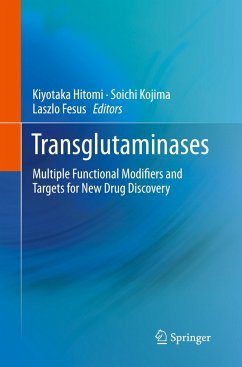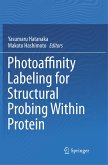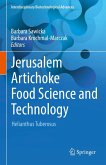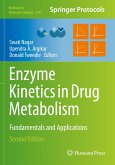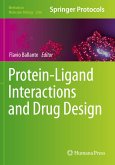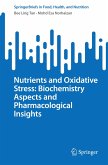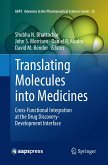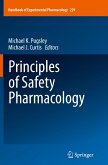This book presents basic and extensive information on the physiological and pathological significance of the protein-modifying enzymes, transglutaminases, which are involved in multiple biological events by catalyzing a unique and important posttranslational modification reaction, cross-linking of proteins, and interacting with a large number of proteins inside and outside of cells. Although several of their essential physiological roles have been revealed, many unknown and so far not fully understood functions have remained. In humans, there are eight active isozymes having distinct tissue and subcellular distribution patterns with different substrates and physiological roles. Accordingly, aberrant regulation of the enzyme reactions or expression may lead to or has been implicated in various pathologies including neurodegeneration, fibrosis, cancer, inflammation, celiac disease, and hemostasis disorders.To provide those who are new to the field with basic knowledge and recent information on transglutaminase structures and reactions, the mechanism by which transglutaminases modify substrate proteins and their contributions to multiple biological phenomena as well as disease phenotypes, the publication of the present transglutaminase book was planned, to consist of review articles by 17 expert investigators working in this exciting area of research. The book contains detailed information related to several transglutaminases from aspects in chemical and cellular biology, medical sciences, and biotechnology that will also supply starting points for drug discovery. Although many prominent findings have been published in recent years, this type of comprehensive review book has been missing in the scientific literature. This volume will be useful for investigators who either currently work on or will start addressing transglutaminase-related research, and beyond that, for a broad audience in the scientific community.
Bitte wählen Sie Ihr Anliegen aus.
Rechnungen
Retourenschein anfordern
Bestellstatus
Storno

